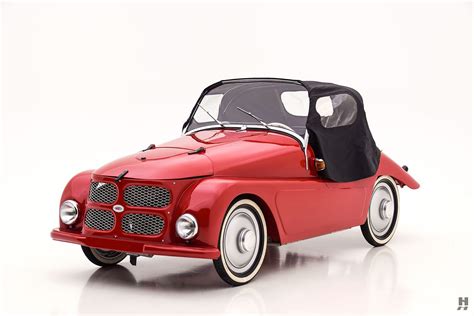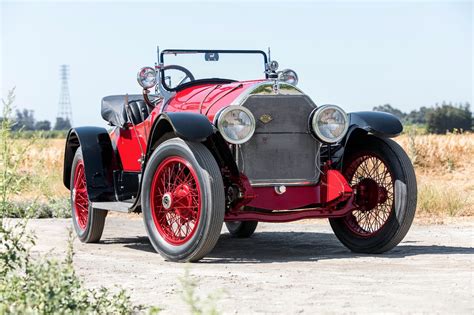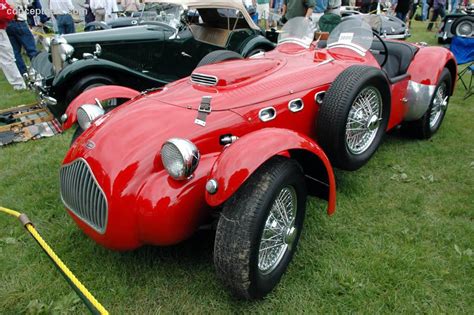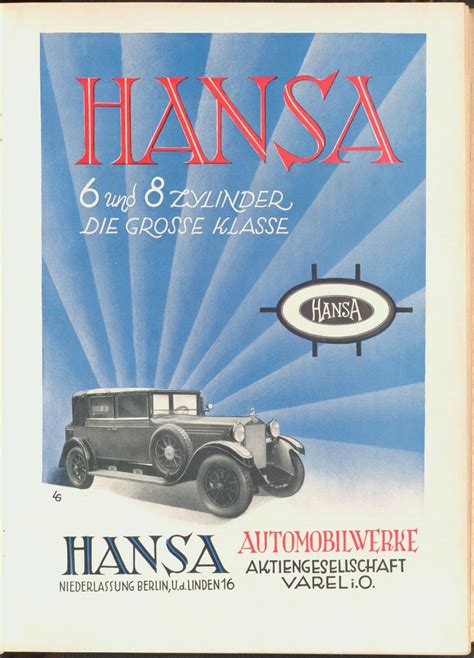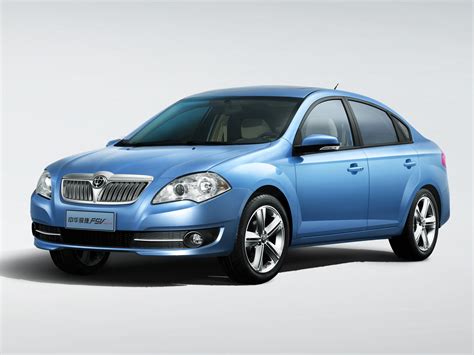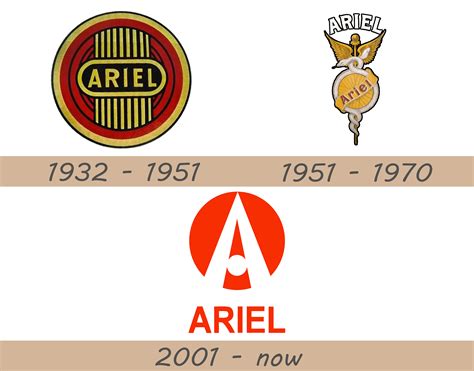Discover the history, development, features, and impact of Kleinschnittger cars on the auto industry and their lasting legacy.
Origin of Kleinschnittger car
Contents
The origin of Kleinschnittger car can be traced back to the aftermath of World War II in Germany. In response to the lack of affordable transportation options, Paul Kleinschnittger, a German engineer, set out to create a small and economical car that could meet the needs of the post-war population. His vision was to provide reliable and affordable transportation for the masses, and this led to the development of the iconic Kleinschnittger car.
Paul Kleinschnittger’s passion for engineering and innovation drove him to establish his own car company in the late 1940s. He designed a compact and lightweight vehicle that was intended to be an accessible mode of transportation for the average consumer. The first Kleinschnittger car, known as the F 125, was a small, three-wheeled vehicle with a modest engine and a simple design. Despite its humble beginnings, the F 125 quickly gained popularity for its affordability and practicality.
As a result of the success of the F 125, the Kleinschnittger car company gained traction and continued to produce various models that captured the essence of efficiency and functionality. The company’s dedication to providing a reliable and budget-friendly vehicle option made the Kleinschnittger car a popular choice among consumers in the post-war era.
Throughout its existence, the Kleinschnittger car company remained committed to its founding principles of accessibility and innovation, leaving a lasting impact on the automotive industry. The origin of Kleinschnittger car reflects the resilience and ingenuity of its founder, Paul Kleinschnittger, and continues to be celebrated for its contribution to the evolution of affordable transportation.
Development of Kleinschnittger
The development of Kleinschnittger cars began in the late 1940s, shortly after World War II. The company was founded by Paul Kleinschnittger, who was inspired by the need for affordable and practical transportation in post-war Germany. Kleinschnittger started out by producing small, three-wheeled cars that were powered by single-cylinder engines. These compact vehicles were designed to be economical and easy to maintain, making them ideal for everyday use in urban areas.
As the years went by, Kleinschnittger continued to develop and refine their cars, introducing new models with more advanced features. The company’s commitment to innovation and improvement allowed them to stay competitive in the rapidly evolving auto industry. Despite their small size, Kleinschnittger cars gained a reputation for reliability and efficiency, attracting a loyal customer base.
One of the key milestones in the development of Kleinschnittger was the introduction of the F125 model in the early 1950s. This updated version boasted a more powerful engine and enhanced driving capabilities, further cementing the brand’s reputation for producing practical and functional vehicles. The success of the F125 helped Kleinschnittger solidify their position in the market and expand their reach beyond Germany.
Throughout its development, the Kleinschnittger car company remained dedicated to its founding principles of affordability, simplicity, and practicality. This focus on providing accessible transportation solutions for the masses contributed to the enduring appeal of Kleinschnittger cars, leaving a lasting impact on the auto industry.
Features of Kleinschnittger cars
Kleinschnittger cars were known for their unique features that made them stand out in the auto industry. One of the key features of these cars was their compact size, which made them perfect for navigating through crowded city streets and fitting into tight parking spaces. Despite their small stature, Kleinschnittger cars were surprisingly efficient, offering excellent fuel economy and low operating costs.
Another notable feature of Kleinschnittger cars was their simple and straightforward design. These vehicles were built with a minimalist approach, focusing on functionality and practicality. This made them easy to maintain and repair, as well as affordable for the average consumer. In addition, Kleinschnittger cars were often equipped with innovative features for their time, such as a folding convertible top for open-air driving.
One of the most distinctive features of Kleinschnittger cars was their use of unconventional materials in their construction. Unlike traditional cars of the era, which were primarily made of steel, Kleinschnittger cars utilized lightweight materials like aluminum and fiberglass. This not only reduced the overall weight of the vehicle, but also contributed to their agility and nimble handling.
Lastly, Kleinschnittger cars were known for their charming and quirky design elements. From their rounded body shapes to their cheerful color options, these cars were full of personality and charm. The unique design features of Kleinschnittger cars made them a beloved choice among consumers who were seeking something different from the mainstream auto offerings of the time.
Impact of Kleinschnittger on auto industry
Kleinschnittger cars may not be well-known in the modern auto industry, but their impact cannot be overlooked. These small, affordable vehicles played a significant role in shaping the automotive landscape in post-war Europe. With their compact size and low cost, Kleinschnittger cars offered an alternative to larger, more expensive vehicles, making car ownership more accessible to a wider population.
The Kleinschnittger Company’s commitment to producing budget-friendly cars paved the way for the development of the microcar segment within the auto industry. These diminutive vehicles became popular choices for urban commuters, providing a practical and economical transportation solution in crowded city environments.
Despite their small size, Kleinschnittger cars demonstrated remarkable innovation and ingenuity. Their simple, yet functional design showcased the company’s ability to maximize efficiency and utility, setting a precedent for future automotive engineering. In addition, their influence extended beyond the design and production of microcars, inspiring other manufacturers to explore new approaches to car manufacturing and design.
The impact of Kleinschnittger on the auto industry highlights the significance of niche market vehicles in shaping industry trends and consumer preferences. Although the company’s production was relatively limited, its contribution to the evolution of small, affordable cars has left a lasting impression on the automotive world.
Legacy of Kleinschnittger cars
The legacy of Kleinschnittger cars can be seen in the impact they had on the auto industry and the lasting influence they continue to have on small car design to this day. Despite being a relatively unknown player in the car market, Kleinschnittger cars left a lasting impression due to their innovative design and affordable price point.
One of the key aspects of the legacy of Kleinschnittger cars is their influence on the development of small car design. The company was one of the pioneers in creating compact, fuel-efficient vehicles that were well-suited for urban environments. This focus on practicality and efficiency has had a lasting impact on the direction of the auto industry, as many manufacturers have continued to prioritize these attributes in their small car offerings.
Furthermore, the legacy of Kleinschnittger cars can be seen in the continued interest and appreciation for vintage microcars. Enthusiasts and collectors still seek out these unique vehicles, showcasing their enduring appeal and significance in automotive history.
In addition to their impact on the design of small cars, the legacy of Kleinschnittger cars also extends to their role in shaping consumer preferences. The affordability and practicality of these vehicles made them accessible to a wide range of buyers, contributing to the democratization of car ownership and the expanded market for small cars.

